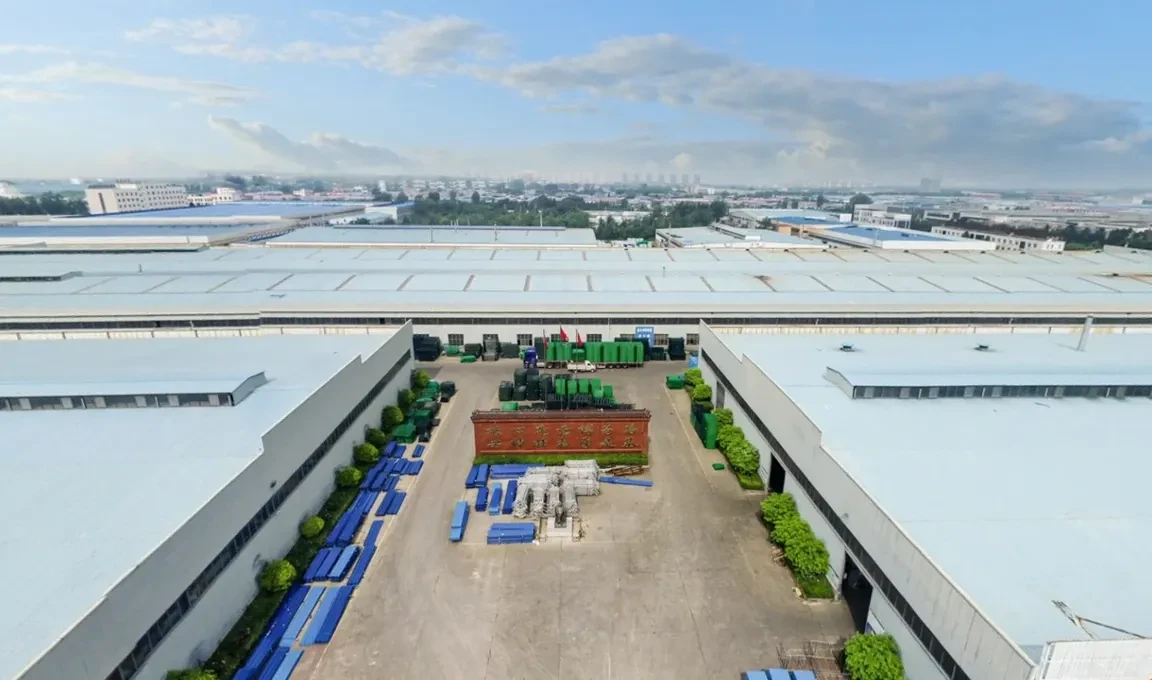Absorptive Sound Barriers A Comprehensive Overview
Absorptive sound barriers have emerged as an essential solution for mitigating noise pollution in urban environments and along transportation corridors. These barriers are specifically designed to reduce sound transmission by absorbing sound waves rather than merely reflecting them. This distinguishes them from traditional sound barriers, which often consist of solid materials that primarily deflect noise.
The construction and design of absorptive sound barriers commonly incorporate materials that possess a high sound absorption coefficient. Fiberglass, acoustic foam, and various composite materials are widely utilized for their ability to dampen sound waves effectively. These materials can be engineered and arranged in various configurations to optimize their sound-absorbing capabilities, making them versatile for different environments and applications.
One of the primary benefits of using absorptive sound barriers is their effectiveness in reducing unwanted noise from highways, railways, and industrial areas. They play a crucial role in enhancing the quality of life for residents living in proximity to noisy infrastructure by lowering sound levels, which can lead to numerous health benefits such as reduced stress, improved sleep quality, and enhanced overall well-being.
absorptive sound barriers

The application of absorptive sound barriers also extends to public spaces, parks, and recreational areas, where it is important to create a peaceful environment
. By integrating these barriers into urban planning and noise management strategies, city planners can enhance the acoustic comfort of public areas, encouraging social interaction and outdoor activities.Innovative designs and eco-friendly materials are currently being explored to enhance the functionality and aesthetic appeal of absorptive sound barriers. The use of vegetation and green technologies is gaining traction, as plants can also act as sound absorbers while contributing to environmental sustainability. Green walls or living sound barriers not only help reduce noise but also improve air quality and promote biodiversity.
Moreover, the installation of absorptive sound barriers can lead to significant cost savings in the long run. By proactively managing noise levels, cities can avert the expenses associated with noise complaints and health-related issues. Additionally, these barriers can be designed to endure various weather conditions, ensuring longevity and reduced maintenance costs.
In conclusion, absorptive sound barriers represent a vital component of modern urban infrastructure, providing an effective means of noise control in various settings. By mitigating sound pollution, they enhance the quality of life for countless individuals while fostering a more peaceful coexistence between urban development and the surrounding natural environment. As interest in sustainability and noise management continues to grow, the future of absorptive sound barriers looks promising, paving the way for more innovative and environmentally-friendly designs.
-
Turn Down the Noise: The Future of Highway Sound Barriers
NewsApr.09,2025
-
Silence the Sound: The Power of Highway Noise Barriers
NewsApr.09,2025
-
Reduce Road Noise Effectively with Highway Noise Barriers
NewsApr.09,2025
-
Noise-Free Living: How Highway Barriers Make a Difference
NewsApr.09,2025
-
Engineered for Silence: Highway Noise Barriers for Every Road
NewsApr.09,2025
-
Effective Noise Control: Highway Barriers for a Quieter Tomorrow
NewsApr.09,2025
Subscribe now!
Stay up to date with the latest on Fry Steeland industry news.

